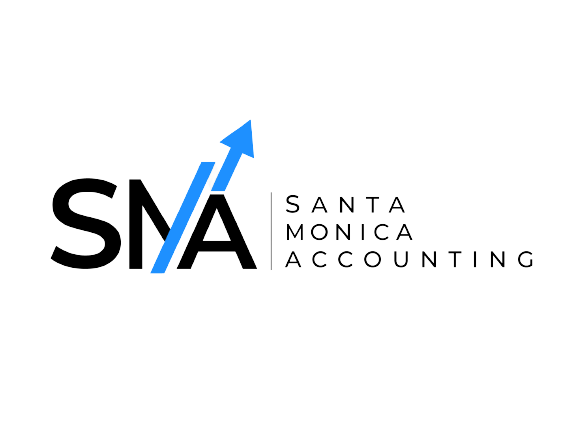
Ever feel like you’re constantly juggling bills and payments in your small business?
Cash flow management is the lifeblood of any small business. It’s the key to keeping operations running smoothly, paying bills on time, and seizing growth opportunities. In this blog post, we’ll delve into the importance of mastering cash flow management for small businesses and provide actionable tips to help you optimize your cash flow.
1. Understanding Cash Flow
Cash flow refers to the movement of money into and out of a business over a specific period, typically a month, quarter, or year. It’s crucial because it indicates a company’s ability to pay its bills, fund its operations, and support growth.
There are two main components of cash flow:
- Cash Inflows: These are the sources of money coming into the business. They include revenue from sales, investments, loans, and any other income generated by the business.
- Cash Outflows: These are the uses of money going out of the business. They include expenses such as payroll, rent, utilities, taxes, inventory purchases, loan payments, and other operating costs.
Effective cash flow management involves forecasting future cash flows, monitoring actual cash flow against projections, and implementing strategies to ensure there’s enough cash available to meet financial obligations, seize opportunities, and weather any downturns.
2. Importance of Cash Flow Management
You understand that poor cash flow management can lead to missed opportunities and financial stress. On the other hand, mastering cash flow can help you avoid cash shortages, build a buffer for emergencies, and even take advantage of growth opportunities when they arise.
Realizing the importance of getting a grip on cash flow, you’re eager to explore simple strategies and tips that will help you manage cash flow more effectively in your café. You know that by staying on top of your finances, you’ll be better prepared to navigate the ups and downs of running a small business.
3. Assessing Cash Flow Needs
Realizing the importance of understanding your cash flow, you decide to take a closer look at your business’s finances. You start by looking at your past sales and expenses to spot any trends or patterns. You also consider seasonal changes in demand for your jewelry and upcoming expenses like restocking materials or marketing efforts.
By analyzing your cash flow needs and planning ahead, you’re confident you can better manage your boutique’s finances. This proactive approach will help you anticipate any cash flow gaps and ensure your business continues to grow successfully.
4. Strategies for Improving Cash Flow
Offer practical tips and strategies for improving cash flow, such as:
- Accelerating receivables: Incentivize prompt payments from customers through discounts or penalties for late payments.
- Delaying payables: Negotiate extended payment terms with suppliers to preserve cash.
- Managing inventory: Avoid overstocking inventory to free up cash and minimize storage costs.
- Controlling expenses: Identify areas where expenses can be reduced without compromising quality or productivity.
- Exploring financing options: Consider short-term loans, lines of credit, or invoice financing to bridge cash flow gaps.
5. Monitoring and Adjusting Cash Flow
Recognizing the need to stay on top of your business finances, you decide to implement a system for monitoring and adjusting your cash flow. You understand that by keeping a close eye on your cash flow and making necessary adjustments, you can better navigate financial ups and downs.
As you monitor your cash flow, you also keep an eye out for any unexpected expenses or changes in revenue patterns. For example, if sales are lower than expected one month, you might adjust your budget or marketing efforts to attract more customers.
CONCLUSION
Mastering cash flow management is not just a goal; it’s a crucial skill that can make or break the success of a small business. Throughout this guide, we’ve explored the fundamental importance of understanding cash flow dynamics and implementing effective strategies to optimize cash flow.
From assessing cash flow needs to monitoring and adjusting cash flow in real-time, the key takeaway is clear: proactive cash flow management is essential for maintaining financial stability and achieving long-term success. By implementing the tips and strategies outlined in this guide, small business owners can navigate cash flow challenges with confidence and ensure the continued growth and prosperity of their businesses.

Thank you for reading with SMA!
Seeking help with your bookkeeping and accounting?
We’re right here for you!
